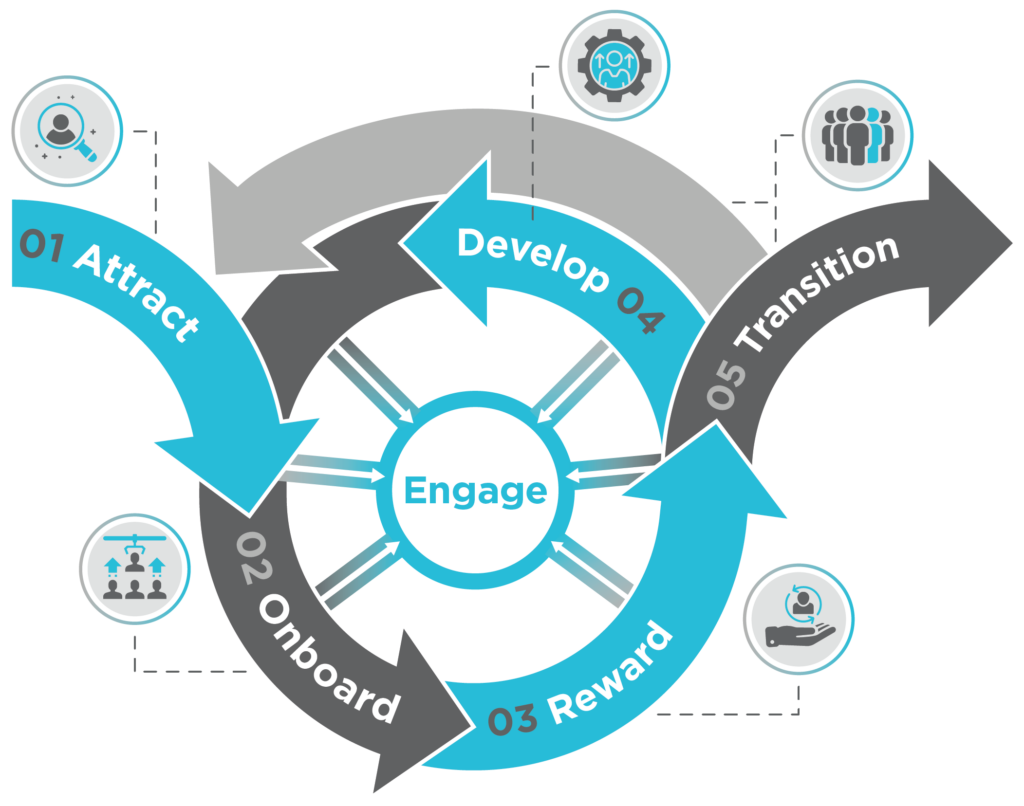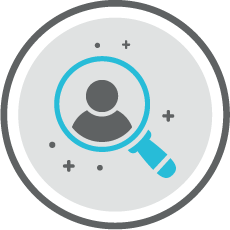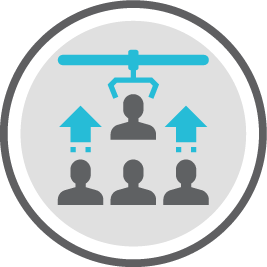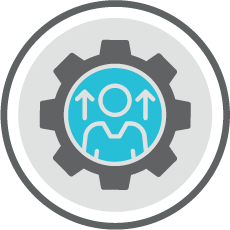Over the past few years, diversity and inclusion (D&I) initiatives have moved from basic compliance reporting to business-critical strategies that unlock workforce potential and deepen the connection with customers. Keep in mind that D&I encompasses a wide range of employee characteristics, including age, race, gender, sexual orientation, sense of belonging, fit with company culture, experience, capabilities, and more. While we have moved beyond simply tracking a handful of basic demographic measures, people data continues to serve as a critical element for any D&I program. After all, it is hard to know where to go with your D&I program if it isn’t clear where you are today as an organization or where you’ve been.
Employees see and feel D&I each day during their journey with the organization, but it can be challenging to turn those experiences into actionable improvement plans. As mentioned in Demystifying People Analytics, HR holds the “keys to the kingdom” when it comes to employee data. Analytics-minded HR organizations can leverage data from across systems—applicant tracking, core HRIS, performance management—to help identify, quantify, and prioritize D&I challenges throughout the employee life cycle. The graphic below highlights employee life cycle questions that HR data can help answer so that you can set the right path forward for the organization.
Figure 1: Example D&I Questions HR Data Can Help Answer Across the Employee Life Cycle

 |
|
1: Attract
- What can we do to make our roles more attractive to diverse candidates?
- Are diverse candidates falling out of the recruiting process? If so, why?
|
 |
|
2: Onboard
- Are our D&I values clearly communicated during orientation?
- Do new hires feel welcomed and included in their first 30, 60, or 90 days?
|
 |
|
3: Reward
- Do any pay inequities exist across the organization?
- Do managers display any unintentional biases when recognizing employee performance?
|
 |
|
4: Develop
- Are employees given equal access to mentoring and development resources?
- Can diverse employees identify with people in leadership roles similar to themselves?
|
 |
|
5: Transition
- Are there D&I challenges that are leading to employee departures?
- Are employees promoted into new roles fairly and based on performance only?
|
Given myriad data sources and questions to investigate, getting your arms around D&I challenges and downstream impacts can seem like a daunting task. Here are four ways to leverage HR data to start your D&I journey or bolster your initiatives that are already underway:
- Get started. Workplace diversity and an inclusive culture are not built overnight. Start by looking at your HR data to identify differences or trends across demographic groups. For example, are non-white employees earning less than their white counterparts? Does the leadership group resemble the rest of the organization? An in-depth, structured analysis of your data can provide meaningful insights to where your biggest challenges reside. Learn how one HR organization tackled a long-standing culture and inclusion challenge with people analytics in our workshop, “How HR Teams are Using Analytics to Solve Business Challenges.”
- Conduct an inclusion survey. Listen to employees—an inclusion survey can build on an initial review of HR data by also providing insights as to how employees feel the organization establishes and lives up to D&I values and standards. Surveys can uncover closely held perceptions in the organization that do not show up in the initial HR data review. Perhaps a group of employees feels that promotions are determined or impacted by gender or cultural differences rather than performance alone. As they say, perception is reality—so going forward, these perceptions should be taken into account when developing strategies and communications efforts.
- Set your path. Using the results from your data analysis and your inclusion survey, determine your priorities moving forward. Remember, data does not always tell you the answers; however, it does guide you on the path as you make critical decisions and establish specific D&I goals. Be sure to communicate the analysis results and your associated plans and goals with the organization—transparency will be critical as you move along your D&I journey.
- Review your progress. Leveraging data is not a one-time event. Periodic data reviews and checkpoints can help you measure progress against your stated goals and objectives. Additionally, you can make informed pivots or adjustments if you are not seeing the desired results. Again, be transparent with your employees and ask for feedback on progress against your D&I objectives.
D&I values are deeply embedded in an organization’s culture, and meaningful change does not happen overnight. However, there are basic steps you can take with the data at hand to begin your journey or improve ongoing D&I initiatives. Contact ScottMadden to learn more about how to harness the power of your data to achieve your most critical objectives.
View More



